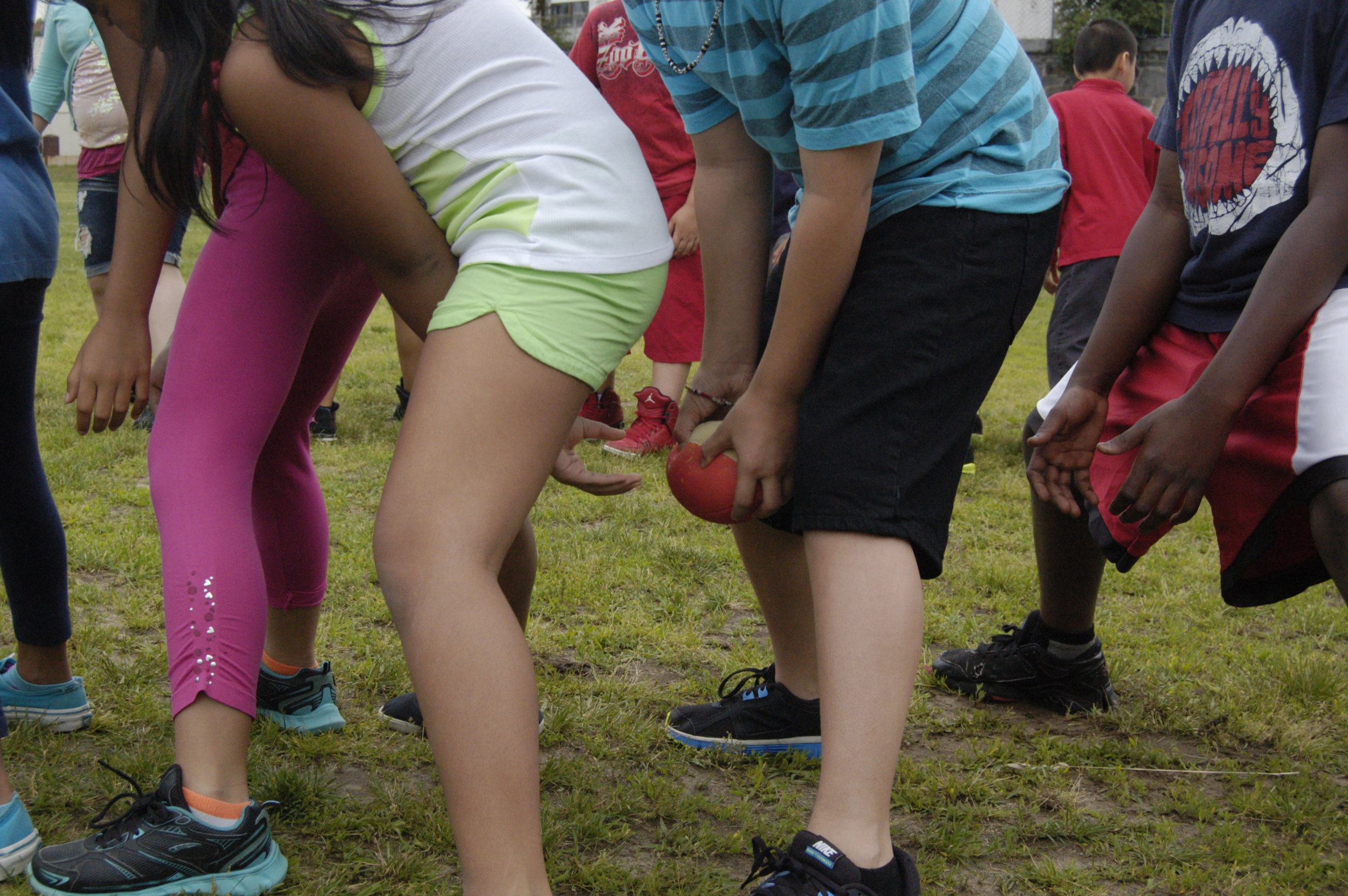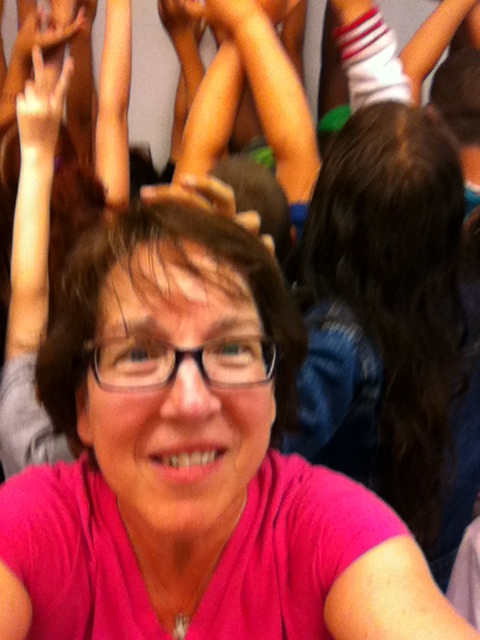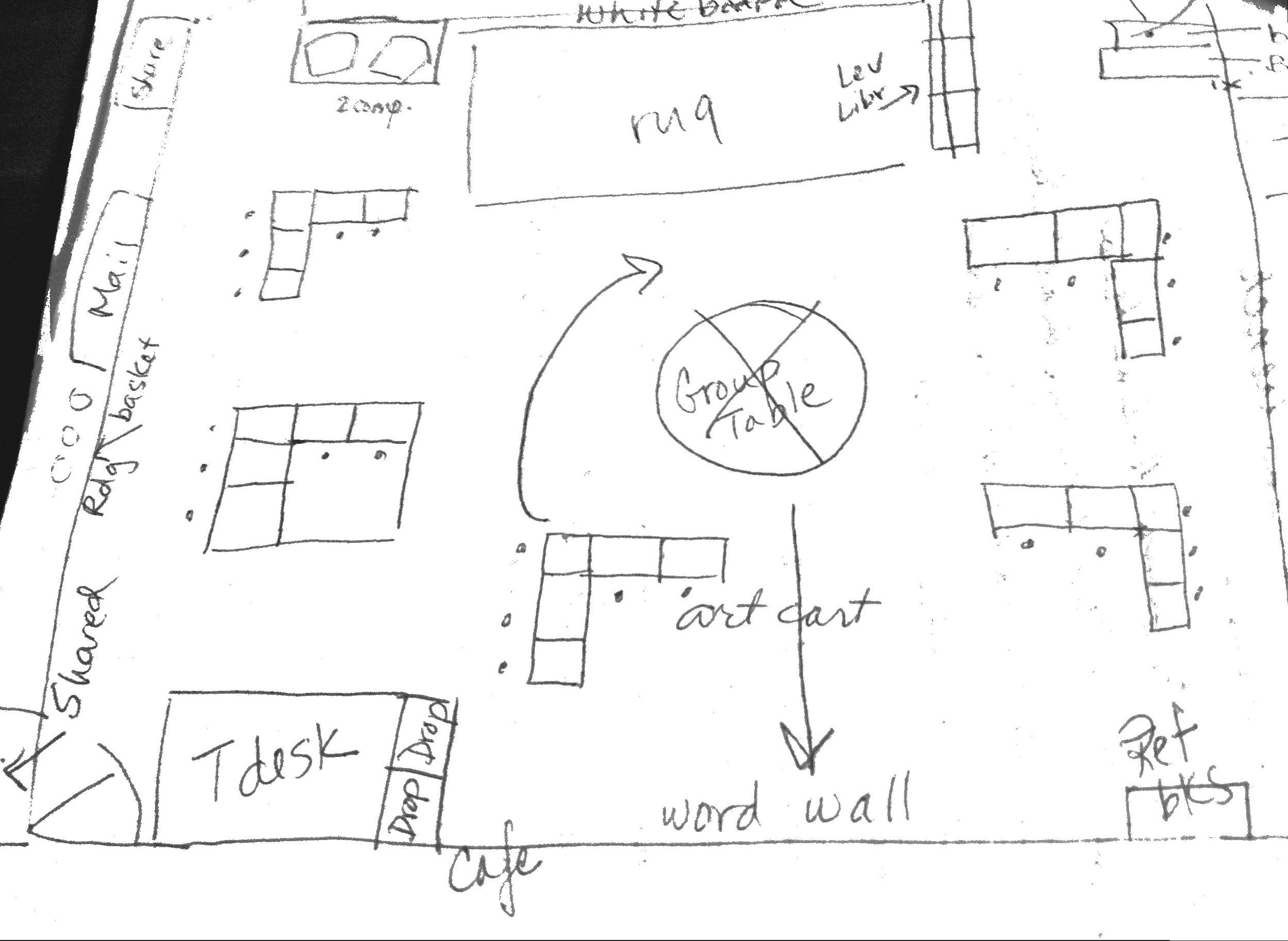And so it goes...
Yesterday, after 360  days together, my students and I said good-bye. From here on, they are off to Middle School and, in all probability, we will not cross paths again. It was, for me, a bittersweet moment. And perhaps it was for some of them as well.We've had our share of challenges and our share of triumphs. In our Morning Meetings over the last week, the kids and I sh
days together, my students and I said good-bye. From here on, they are off to Middle School and, in all probability, we will not cross paths again. It was, for me, a bittersweet moment. And perhaps it was for some of them as well.We've had our share of challenges and our share of triumphs. In our Morning Meetings over the last week, the kids and I sh ared what we are most proud of accomplishing and the times when we've been embarrassed. Sometimes I'm grateful Teacher does not see everything.For me, I am proud that the kids have learned that I expect them to persevere. We don't give up. I think that was embodied by their effort in our school-wide tug-o-war. The kids had a strategy for pulling together this year and, even though one class member might have wanted to be in the coveted anchor position, together they decided who, for the common good, would be the best in that position.During the awards assembly, they clapped for each other, congratulated classmat
ared what we are most proud of accomplishing and the times when we've been embarrassed. Sometimes I'm grateful Teacher does not see everything.For me, I am proud that the kids have learned that I expect them to persevere. We don't give up. I think that was embodied by their effort in our school-wide tug-o-war. The kids had a strategy for pulling together this year and, even though one class member might have wanted to be in the coveted anchor position, together they decided who, for the common good, would be the best in that position.During the awards assembly, they clapped for each other, congratulated classmat es from other homerooms. They made me proud to know them, even for just a little while. When I took a last snapshot with my phone yesterday, the kids insisted it wasn't a "selfie"; it was an "us-ie".So, we go on about our lives. We take different pathways and maybe once in a while we will stop to remember each other and the special two years we spent in each others' company.
es from other homerooms. They made me proud to know them, even for just a little while. When I took a last snapshot with my phone yesterday, the kids insisted it wasn't a "selfie"; it was an "us-ie".So, we go on about our lives. We take different pathways and maybe once in a while we will stop to remember each other and the special two years we spent in each others' company.




